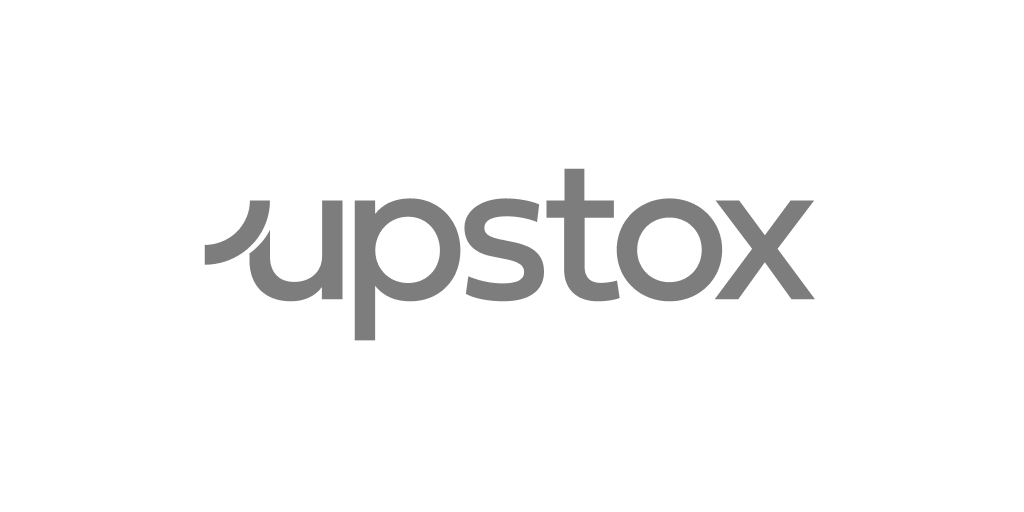Margin Funding In IPO
How many times did you hold yourself back from trading because of insufficient funds in your account? With margin funding, you won't have to.
In this blog, we will cover all the essential aspects related to margin trading.
Margin Funding in IPO meaning
Margin Funding, a.k.a margin trade funding, is a type of funding available to investors when the trade amount exceeds the balance in the trading account.
In simple words, it is a kind of loan. It is a collateral-backed loan facility given by stockbrokers to investors to fund their margins while investing. They charge a certain interest rate for the funds lent.
This lets you buy more stocks, and the possibility of gains also increases.
Let's understand it better with an example.
Mr Rajesh is an experienced trader and investor. He's been in the field for the past ten years. One day, he sees a stock and believes it has very high growth potential in the next five years.
Rajesh has ₹20,000 in his trading account. And the stock he wishes to buy is trading at ₹2,000 per share. This means that he can only buy ten shares with the amount in his account.
But he wishes to buy 20 shares. This means that he will need ₹20,000 more to buy 20 shares. Now, he can seek the help of his stockbroker if the stockbroker provides such a facility.
This is known as margin funding.
Eligibility for margin trading
To be eligible to avail of the feature, you must have an MTF, i.e. margin trading facility account with a broker. The margin amount varies from one broker to the other.
Also, you need to submit a certain minimum amount while opening the account. You are also required to maintain a minimum maintenance balance in your account at all times.
Advantages of margin funding
Like every other investing strategy, margin trading has its benefits and downsides. Let's have a look at its plus points first.
-
Low-interest rates
One of the most common reasons investors rely on margin funding is the availability of credit at lower interest rates than other forms of borrowing.
One of the major reasons for low-interest rates is that loans are backed by collateral. Hence, interest rates are much lower than that of personal loans, bank loans or credit card loans.
-
Ability to leverage assets
When you opt for margin funding, you can leverage your existing securities to broaden your investments. Didn't understand? Let's take an example.
Suppose you want to purchase ₹10,000 worth of stocks and have ₹5000 in your account. You can take an additional ₹5000 from your stockbroker and invest in total investments worth ₹10,000.
-
Diversify your portfolio
Suppose you have invested most of your funds in a single company. That means you're taking on way too much risk by putting all your eggs in a single basket.
With a margin facility, you can use your existing shares as collateral and use the loan proceeds to diversify your portfolio. And that too without selling your existing investments.
-
A convenient way to take credit
When we say convenience, we mean no complicated process or extensive documentation.
If your account is margin enabled, you are qualified to take a loan whenever you need additional funds to invest in the stock market. And remember, with no complexities.
Risks of margin funding in IPO
A margin funding strategy is not free from risks. Let's look at a few of the risks involved in the strategy:
-
Risk of leverage
It is one of the most significant risks involved in margin trading. Just like leverage can take you towards profits. It can also backfire and take you to losses if not managed properly. You may even lose your entire amount.
-
Not meeting a margin call
Traders are asked to maintain certain margin maintenance levels. The broker will ask you to add money if your balance falls below the maintenance level.
Sometimes, due to unexpected circumstances such as investments not performing well, maintenance levels may fall to a point you might have to sell your securities.
-
Risk of liquidation
You may face heavy consequences if you fail to fulfil the formalities written in the agreement with the broker. For example, if you fail to maintain or fulfil the margin call, the broker can liquidate, i.e. sell your investments to recover the amount.
Ways to manage margin funding or margin loan
If appropriately managed, margin loans can do more good than bad. Here are a few ways to manage these.
- Make wise decisions: Margin trading can benefit you and harm you at the same time. Hence, you should take loans only if you see a high potential in the stock.
- Set a few funds aside: You never know when things will go against you. Hence, you must always keep a few funds aside to be used when you fail to maintain a margin call.
- Fulfil interest obligations timely: Always keep track of your interest obligations and ensure to fulfil them on time. Or be prepared to see them go beyond manageable levels.
- Borrow wisely: Just because you are allowed to borrow x amount doesn't mean you should. If you are confident about your vision, only then consider going forward.
Final words
Margin trading or margin trade funding allows you to trade even when your account balance doesn't allow it. Simply, it means buying money from your broker and using the proceeds to buy stocks.
Though it has numerous benefits, it is not free from risks. In the end, you may feel that the loan feature is the same as that of banks.
That's why you should not forget that it is a risky affair. Just like it can magnify your profits, it can magnify your losses too. It should only be practiced if you are confident, have the expertise, and know how to deal with all the aspects involved.
